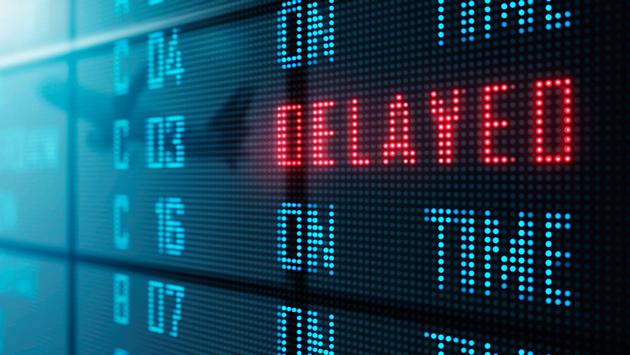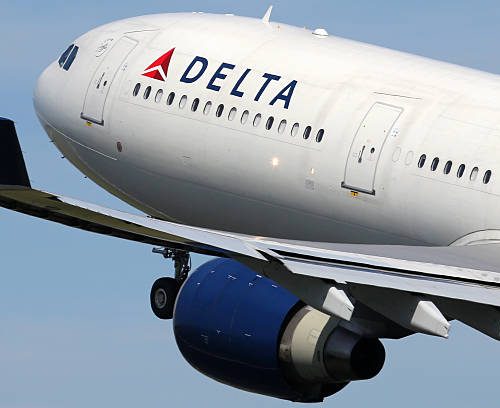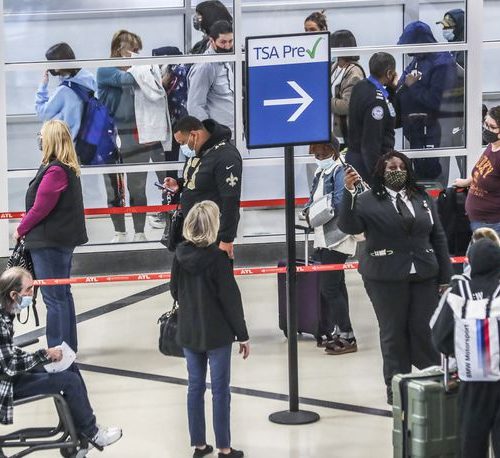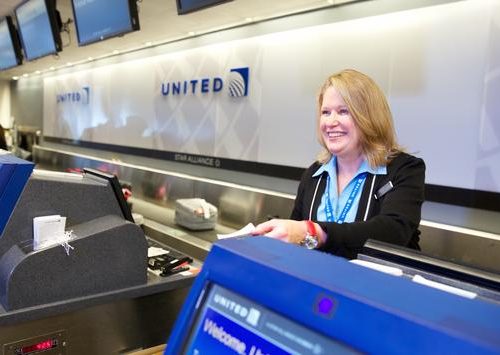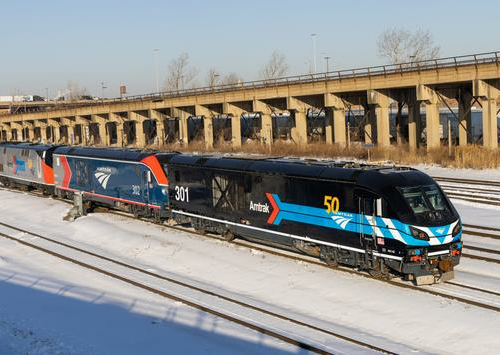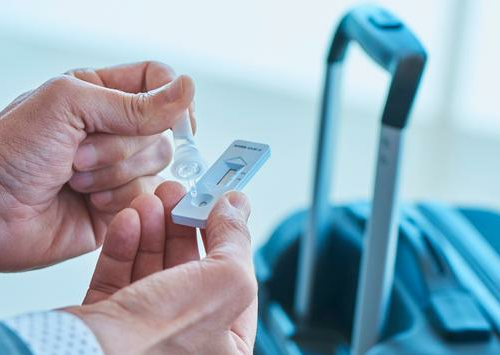RICH THOMASELLI | TravelPulse.Com
Troy Warren for CNT #Travel
The numbers are staggering.
Almost 10,000 flights in the U.S. alone have been canceled in the last nine days between late Thursday, December 23 and Friday, December 31, and more than 45,000 flights have been delayed, according to the flight-tracking service FlightAware.
What’s even more staggering?
The number of travelers who are still taking to the air despite their own concerns about the rapidly spreading Omicron variant; typical winter weather delays in some parts of the country; and the impact Omicron has had in reducing airline staffs, which is mostly to blame for those delays and cancellations.
According to the Transportation Security Administration (TSA), these last nine days of cancellations have nonetheless included five days of processing 2 million or more passengers per day through security, including four of the last six – and one of those days totaled 1.995 million fliers.
In total, 17,304,615 people have flown during that nine-day span. That’s 81 percent capacity of the 21,343,870 who flew during the same time frame in 2019, the measuring stick that airlines use to compare the industry’s comeback from the almost two-year-old COVID-19 pandemic.
So how is it that 55,000 flights can be delayed or canceled, and airline seats are still 80 percent filled? Let’s break down some numbers.
It’s the holidays. Just from a pure volume standpoint, more people fly at Thanksgiving and Christmas than any other weeks during the year. The sheer resolve of people to be with family and friends can’t be underestimated.
“We look at flights but see, the thing is they’re connected to people,” American Airlines pilot Captain Dennis Tajer, a spokesman for the Allied Pilots Association union, told USA Today. “For each one of those passengers, there may be five to 10 family members and friends that were counting on them being at the holiday table.”
Five days after the cancellations and delays began, the Centers for Disease Control and Prevention changed its guidance to shorten the recommended time for quarantine from 10 days for people with COVID-19 to five days if you are fully vaccinated and asymptomatic. Literally cutting the time for isolation in half has helped airlines bring staff members back more quickly, though fliers might not see the true impact of that until this week.
Although this is unprecedented – a wave of calling out sick from workers combined with weather delays – airlines have generally done a good job of being proactive in getting out-of-place crew where they need to be. Fliers need to remember that it isn’t just the equipment being shuttled from destination to destination, it’s also the pilots and flight attendants. Also, airlines such as JetBlue have looked ahead and canceled flights for later in the month to avoid such situations and have rebooked passengers on flights with open seats.
Finally, while 10,000 cancellations is certainly a huge number to comprehend, it pales in comparison to an airline’s overall capacity. For instance, according to FlightAware, as of Noon today, January 1, 2022, Southwest Airlines has canceled 427 flights. Yet that’s only 13 percent of its total flights for the day, meaning more than 85 percent of its planes will be in the air.
The same holds true for Delta, American and United, which have also canceled 186, 205 and 153 flights, respectively. But that only accounts for nine percent, seven percent and seven percent of their schedules for today, respectively.
In Other NEWS


























